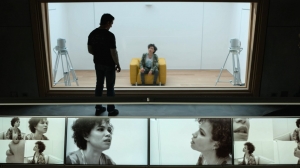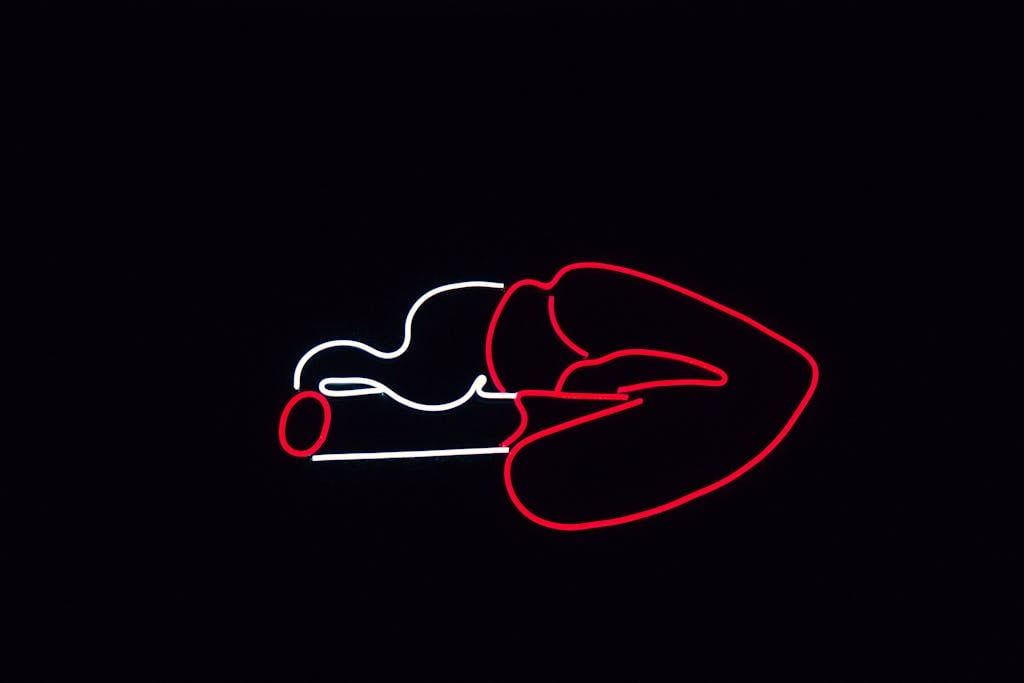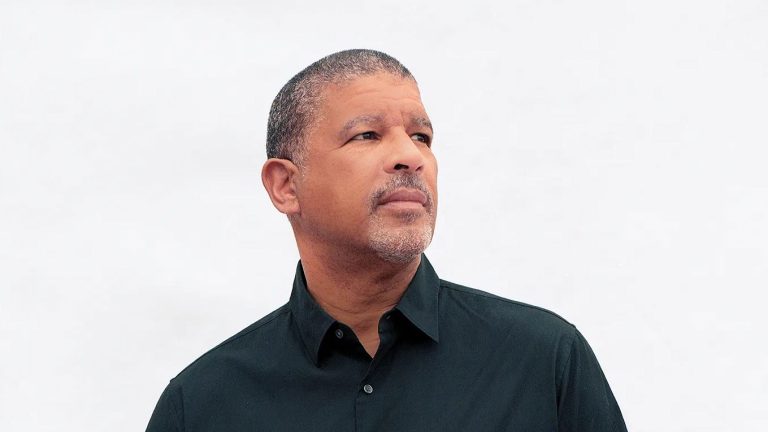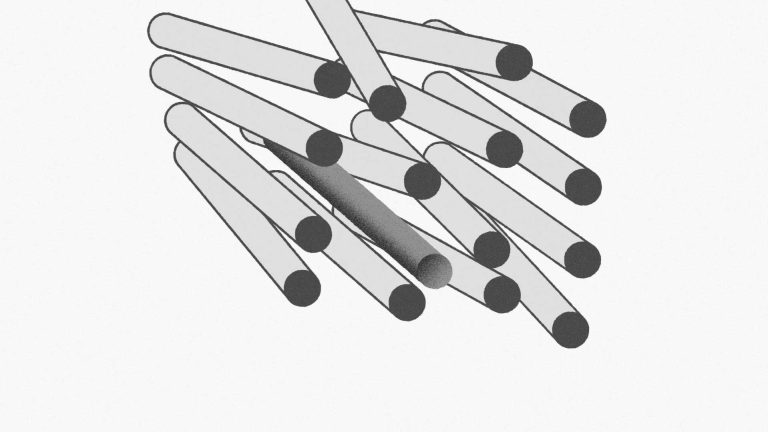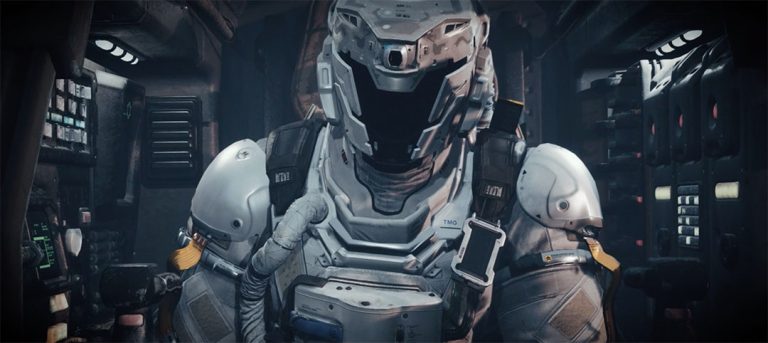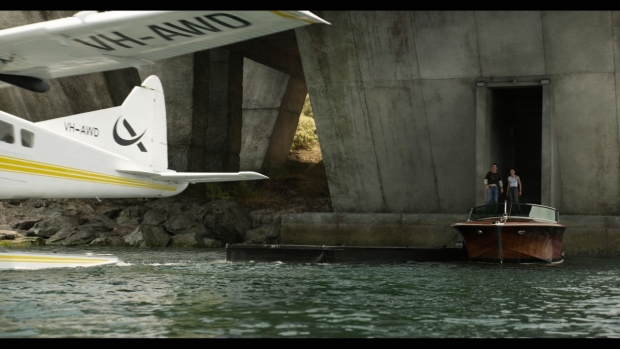
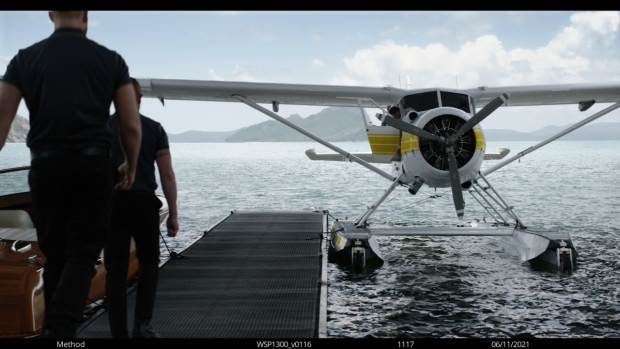
After collaborating with filmmaker Joseph Kosinski on the high-flying Top Gun: Maverick, visual effects supervisor Ryan Tudhope paired again with the director, this time shifting gears to explore the impact of behavior altering drugs on inmates in the Netflix crime drama Spiderhead. The film stars Chris Hemsworth, Miles Teller, Jurnee Smollett, Mark Paguio, Tess Haubrich, Ben Knight and BeBe Bettencourt.
One of Kosinski’s requirements was that the state-of-the-art penitentiary building include a section overhanging the water. “There needed to be some islands across the way, and we wanted Spiderhead to feel remote,” Tudhope remarks. “It became quite obvious once we found that location [in the Whitsunday Islands]. But then the fun part becomes let’s figure out what is the story behind this building. How long has it been there? What would it look like next to the ocean after all of those years? How do we give it a sense of purpose? Has it been sitting there the whole time? That was one of the big pillars of the visual effects work on the film.”
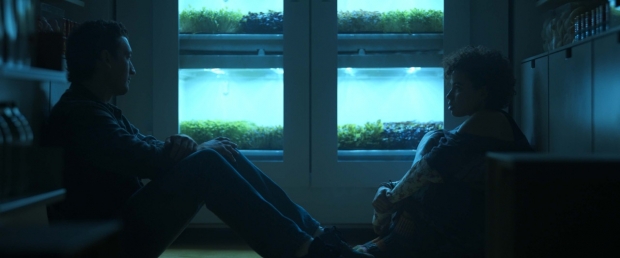
Environmental extensions were created for the windows. According to Tudhope, “Islands were added in order to create some focus. Abnesti’s [Chris Hemsworth] bird nest view out of his suite and the pathway that led to the docks had to be extended. There was a location for the airplane and dock that we constructed but the overhang itself had to be added and those areas had to be hooked up with the stage work when we’re looking down the hall. It became connecting the inside to the outside. There are some skylight shots where we look up. At every step of the way, Joe and I are big believers in getting as much as we can in camera.”
“>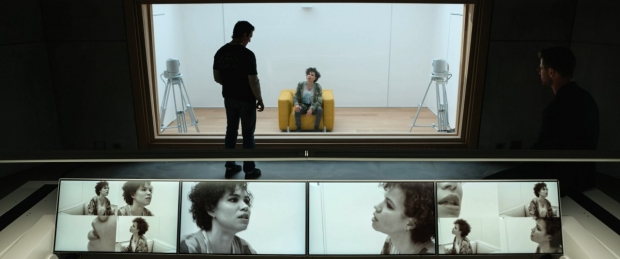
Onscreen UIs had to be simple to read yet futuristic. Many were captured in-camera. “A lot of that was playback, meaning that it was actually onset, and we did augment it after the fact in some cases because once you get into the edit, the names of the drugs changed in places, or the colors might be altered. But by and large that was something conceived going into filming. In all that technology, Joe wanted it to be a juxtaposition to this concrete monolithic old bunker, so everything had this feeling of OLED screens and high-tech apps; that was the aesthetic which was interesting to play with there.”
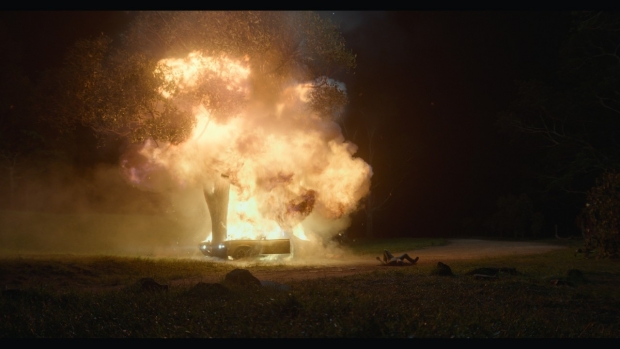
Trevor Hogg is a freelance video editor and writer best known for composing in-depth filmmaker and movie profiles for VFX Voice, Animation Magazine, and British Cinematographer.
Spiderhead was designed and filmed right after the pandemic began. “One of the things that we decided to leverage was the fact that we had this primary set which was the interior of the Spiderhead building that was constructed for real on a stage,” explains Tudhope. “We brought all of that into Unreal Engine and created a virtual production environment. We brought forward some tools so that we could experiment with different lenses, move objects around and multiple people could join the session. We utilized the time in quarantine, once the team got to Australia and had two weeks to sit in a hotel room, to start exploring the set that was still under construction.” Hallways and skylights were extended to support what was shot on stage. “Because there are limitations to the stage and what we can build, the goal [of the VFX] is to make it feel seamless and all part of that same vision. When it comes to the outside it is exactly the same goal. You’re not bringing new ideas to the table that will make it feel like something else. You’re bringing ideas and references that support the aesthetic of the inside and find the right silhouettes, views, and camera moves that feel realistic.”
Water simulations were not heavy, Tudhope notes, “but we utilized caustics kicking back up on the underside of the structure in some of the dock scenes to give it a little bit of life. We also tried to find the right displacement and breakup to the edges of things, so they had the appropriate amount of wear and tear. Also important was integration with the existing landscape and figuring out how to extend CG plants and trees beyond the edges so that the edges felt like they belonged there. Lighting and exposure are key.”
“I appreciate Joe’s stylistic choices in the medium, his sense of framing and pacing,” Tudhope says. “Production designer Jeremy Hindle and his team did a phenomenal job designing the Spiderhead structure. The visual effects work was supporting plate photography that was acquired onset. In the case of the establishing shots of the buildings, those were plates captured on location. We already knew what this Brutalist overhanging structure was going to be and what we were going to be adding to the frames.”
Weathering, vegetation, and positioning on the terrain were key parts of integrating the CG building into the plate photography. “Those were early decisions that occurred when we were laying the shots out and also developing the assets,” Tudhope shares. “It comes down to finding good reference of what structures that have been by the ocean look like in real life. Just like doing multiple takes of a performance, visual effects are an iterative process where you do what you need to do make it look real, we all look at it, pull reference, talk about what’s not working, do it again, and the number of changes gets finer until you get there.”
Other visual effects included blood and fire augmentation, CG airplanes, and boats on the horizon. “It was a good variety of 2D and 3D work,” observes Tudhope. “Unlike a lot of films, Spiderhead didn’t have a single central visual effects requirement. There is a scene in the car accident where we do a digital double takeover of Miles Teller as he is flung onto the ground. We have the visualizations of what it looks like to be under the influence the drug on the periphery of the frame; that was straightforward but was the art of finding something classy and understated rather than over the top.”
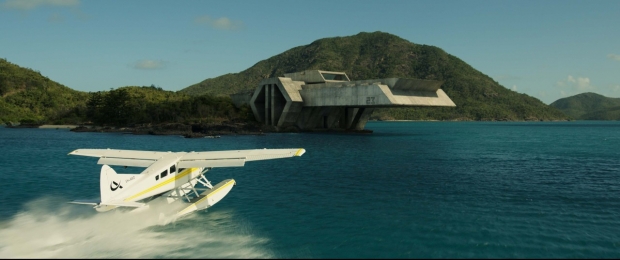
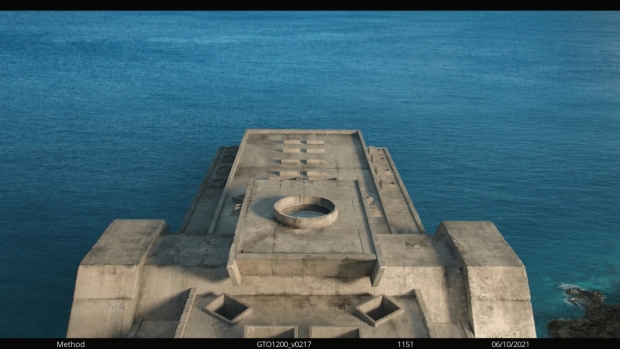

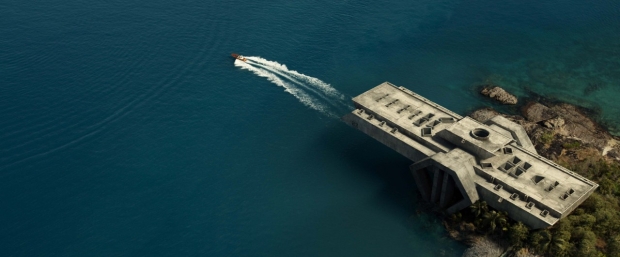

Overall, the film used 900 visual effects shots. According to Tudhope, “Method Studios was responsible for Spiderhead and CG planes, Blind helped us with some of the graphics, Pixomondo looked after the MobiPaks [device worn by the actors that administers the drugs]… [we also used] Brick House Interactive, NetFX, Instinctual, and Mr. Wolf. We also had an inhouse team that did hundreds of shots involving monitor replacements and general cleanup.”
